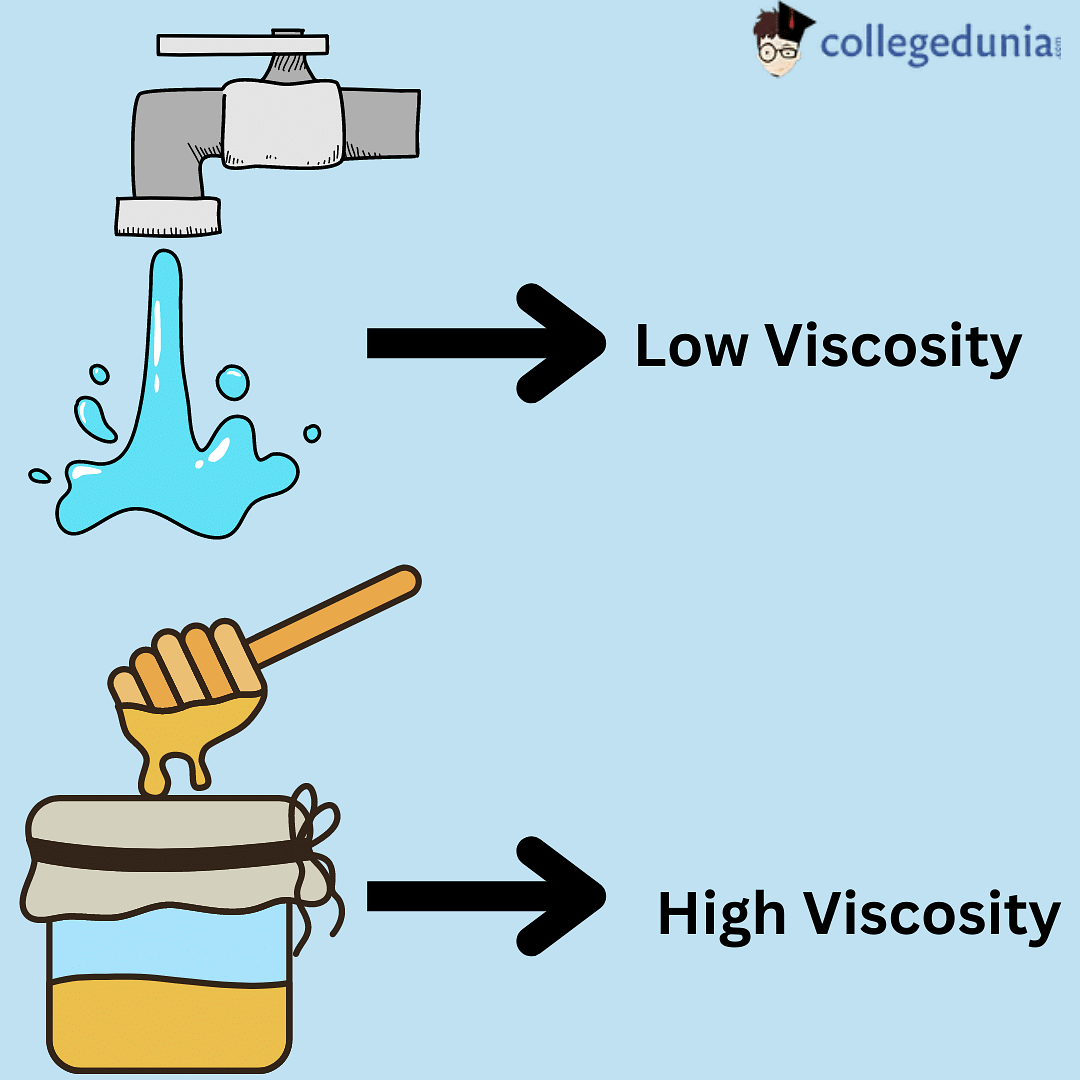

ranging between 11.4 and 16.9 Pa s for Polish rape honey. Physics Photo Contest- Pass the Honey, Honey by Carmen Lynch, 2012. The higher the viscosity of a fluid, the more difficult it is to pour or move the fluid, and the lower the viscosity, the easier it is to pour or move the fluid. and reduce the viscosity of the honey (Horn, 2008), with no negative effects on its quality. A water molecule contains one oxygen and two hydrogen atoms that are connected by covalent bonds. is a constant unit equal to 0.00089 Pa s (Pascal-second), which is a. In simpler terms, it is a measure of how “thick” or “sticky” a fluid is. It was found that the honey samples subjected to the strong magnetic fields of 4300 G reduced their apparent viscosities from 6.7 Pas (control) to 6.1 Pas. That is because honeys viscosity is large compared to other liquids viscosities. This type of flow is known as a Couette flow. The force required for this action is a measure of the fluid's viscosity. The effect caused by temperature in the range studied was more important in the low range of temperature, whereas at high temperature, the viscosity showed less variation. The viscosity value decreased with the increase of temperature. Consider a fluid placed between two parallel plates, and the top plate is pushed parallel to the bottom plate with constant. Pas is equivalent to N × s m 2 or kg/m/s. A pascal-second (Pas) is a derived metric SI (System International) measurement unit of dynamic viscosity. Friction between the fluid and the moving boundaries causes the fluid to shear. Influence of temperature on the viscosity of honeys was analysed in the present work. The pascal-second is a unit of measurement of dynamic viscosity. Viscosity is a measure of how resistant a fluid (liquid or gas) is to flow. Overview Laminar shear of fluid between two plates. The relationship between viscous and inertial forces in a fluid is known as kinematic viscosity. The relationship between shear stress and shear rate in a fluid is known as dynamic viscosity. Kinematic and dynamic viscosity are the two types of viscosity that are usually reported. A fluid with low viscosity flows easily because its molecular structure causes very little friction when it is in motion. A fluid with a high viscosity resists motion because its molecular structure causes a lot of internal friction. Pa·s is equivalent to N × s ÷ m 2 or kg/m/s. Viscosity describes the internal friction of a moving fluid. The pascal-second is a unit of measurement of dynamic viscosity A pascal-second (Pa·s) is a derived metric SI (System International) measurement unit of dynamic viscosity. Solved Problems of the Concept of Visocity.


 0 kommentar(er)
0 kommentar(er)
